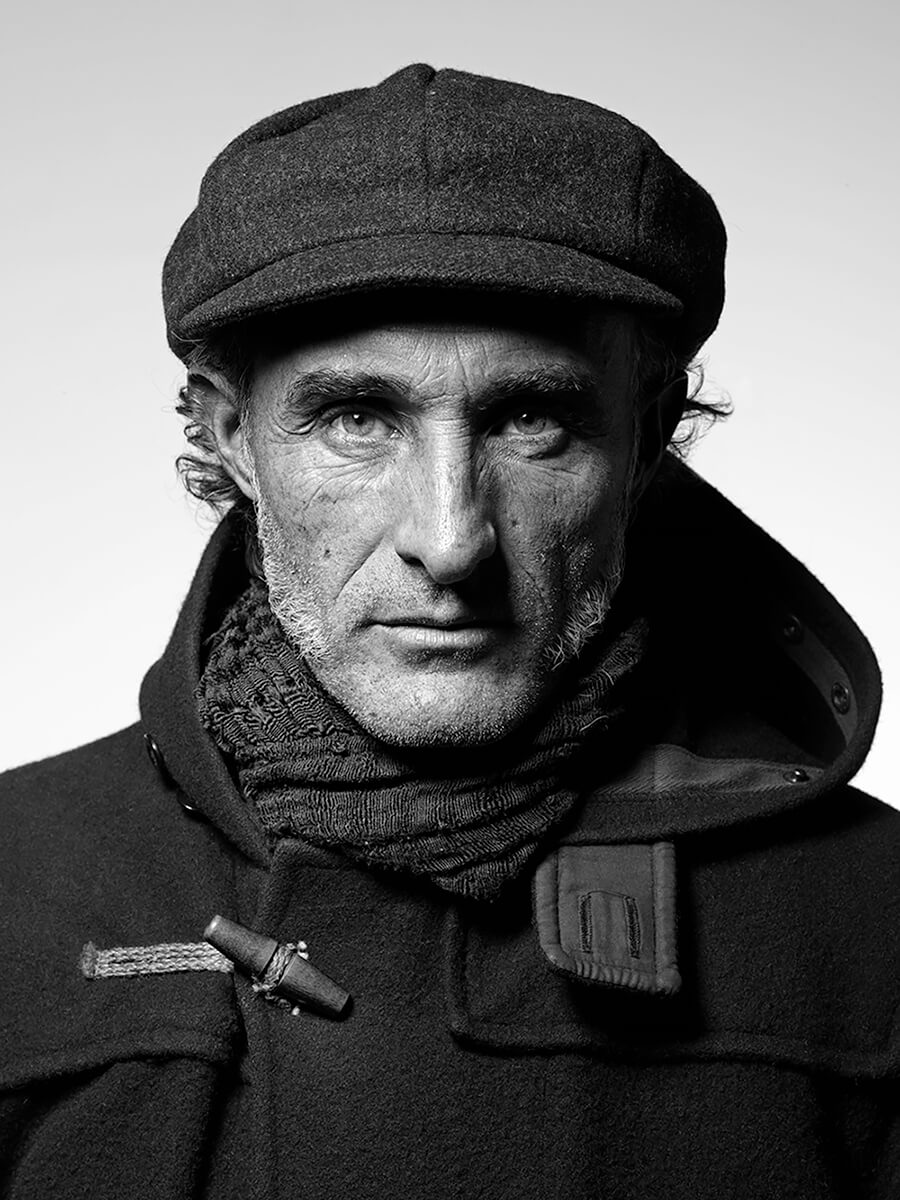Philippe Fatin is a photographer and a great traveller: after first stays in Mexico and South America, he discovered Asia (Nepal, India, Sri Lanka, Thailand, Japan, Burma, Cambodia, Laos, Vietnam, Korea) and fell in love with China and more particularly with the region of Guizhou. After an interlude with the Wayanas Indians in French Guyana and the publication of his first book Guyane terre d'espace, he multiplies his travels to the Miao people of Guizhou and ends up residing there for more than twenty years. He published a book Randonnée d'un photographe voyageur in China and exhibits at the Guiyang museum, he also publishes in the national and international press. He is also a collector, organized various exhibitions of his personal collections in French museums: Gold and lacquers from Burma, tribal textiles from southwest China, Nuo masks from the exorcism theatre of China accompanied by publications.
In The Mounts of the Moon
When I got off the Trans-Siberian Railway in 1985, I knew nothing about China.
The blue of the heater set the tone on a red background.
I spent the first two years getting to know this culture, before discovering a province in the southwest that was still untouched by any contact with the outside world.
The last Westerners present in the region were missionaries, who were driven out of it in 1949 by the communists.
The province of Guizhou is one of the poorest, along with that of Gansu.
"There are never three days of good weather in a row, the inhabitant does not have three sapeques in his pocket, and there are not three lilies of the flat country." That sets the tone.
This province is rich in the diversity of its ethnic minorities, who had managed to maintain an authentic way of life. The villages still lived in autarky, protected by the mountain rampart. Ninety percent of the territory is karst peaks.
My camera equipment consists of two Leica M6 cameras and four lenses: 28, 35, 50, and 90mm.
With 270 days of rain per year and a constant fog, I use 400 ASA B/W silver film.
The access of this province being forbidden to tourism, the task was not easy.
The game of cat and mouse with the local authorities was not a perennial solution to penetrate these misty mountains concealing so many secrets.
My approach was to establish a base in the provincial capital.
I made "Guangxi" connections, and gained the trust of the people and the local authorities.
I worked hard to make them understand my work of investigating ethnic groups, especially the Miaos.
I obtained special permits to stay in various valleys and villages.
After years, I was able to set up different bases in villages that were completely self-sufficient.
Sharing the intimacy of the people and building trust, I was able to open the doors to them. My curiosity allowed the rest
It would absorb twenty years of my life, during which I photographed a way of life that surged from festivals governed by the gods and the seasons.
The evolution of the country a galloping modernization was going to change the situation.
Obeying the three priorities of the government: water, electricity and roads, the opening up of the province would radically shape a new face of the population and its environment.
In fifteen intervals, my photographic work has thus taken on a patrimonial status.
A massive folklorization of ethnic groups (amusement park, pilot village,) their acculturation by the Han mass, the race for enrichment, have contributed to a new mode of integration of these ethnic minorities.
This modernization of China and its brutal change of vision of society, over a short period of time, swept away ancestral cultures.
Few Westerners have lived in this province, which is now crossed by highways connecting Shanghai, or Guangzhou.
My photos are a testimony acquired over the long term, on a way of life that is disappearing in favour of a strong nationalism.
It seems to me essential to show the cultural richness of this people, (Nine million people).
The province of Guizhou is the home of the Miao diaspora (more than three hundred clans), a threatened melting pot of traditions and rituals mostly ignored by the Han.
Indeed, in this rapidly changing society, the peasant populations, known as "floating", have been the cheap labour of China's economic departure.
Selected Books on

